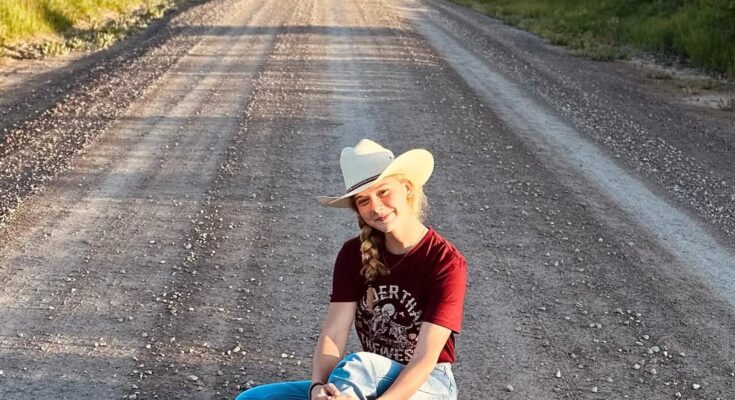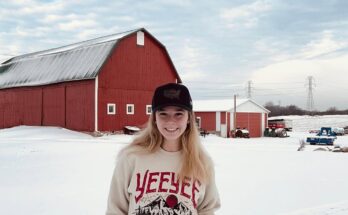There are places that outgrow their legends. Places so stark, strange, and unfathomably beautiful that even the wildest stories fail to capture their essence. The American West — with its gun-slinging past, dusty saloons, and outlaw romances — is one such legend. But there are landscapes that make even the West seem tame, shadows that dwarf its mountains, silences deeper than its deserts. This story is about one of those places — a land wilder than the West.
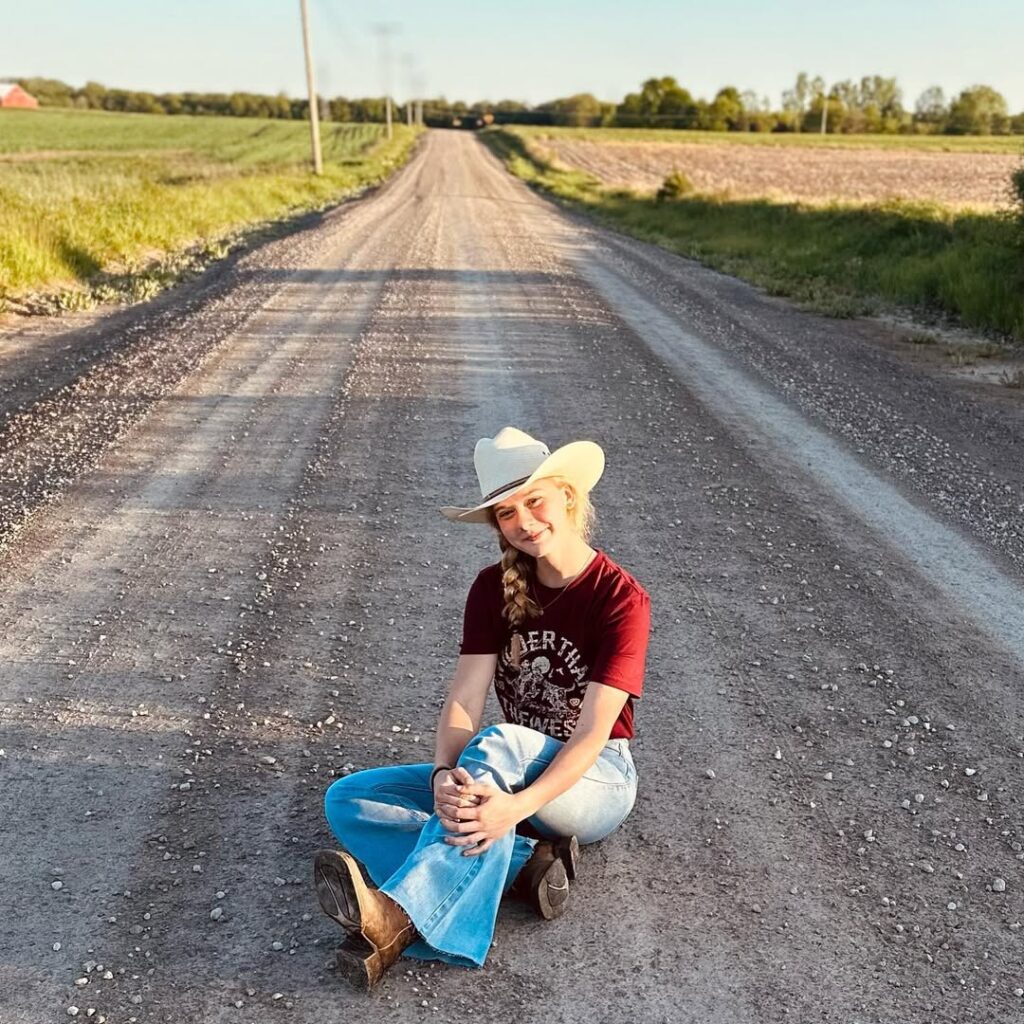
It started with a map and an itch. I had driven the length of Route 66, watched the sun melt into the Grand Canyon, wandered the red mesas of Monument Valley, and listened to coyotes howl in Joshua Tree. But I wanted more — not more civilization, but less of it. I wanted to step beyond the edge of the known West, into something raw, remote, and rarely seen. I pointed my compass south and east, toward Big Bend, and farther still, across the Rio Grande, deep into the Sierra del Carmen.
The farther I drove, the more the world unraveled. Roads thinned, towns vanished, cell signals died. Cacti grew taller, skies wider. In the emptiness, time folded. The horizon stretched so far, it stopped being a destination and became a question.
Big Bend itself is already mythic — a jagged corner of Texas where the desert meets the mountains and the river sculpts canyons with ancient hands. But cross into Mexico through the remote border station at Boquillas, and you enter another realm entirely. The Sierra del Carmen rises like a hallucination — towering cliffs of pink limestone, serrated and sun-blistered, as if some forgotten god had carved a fortress from the bones of the Earth.
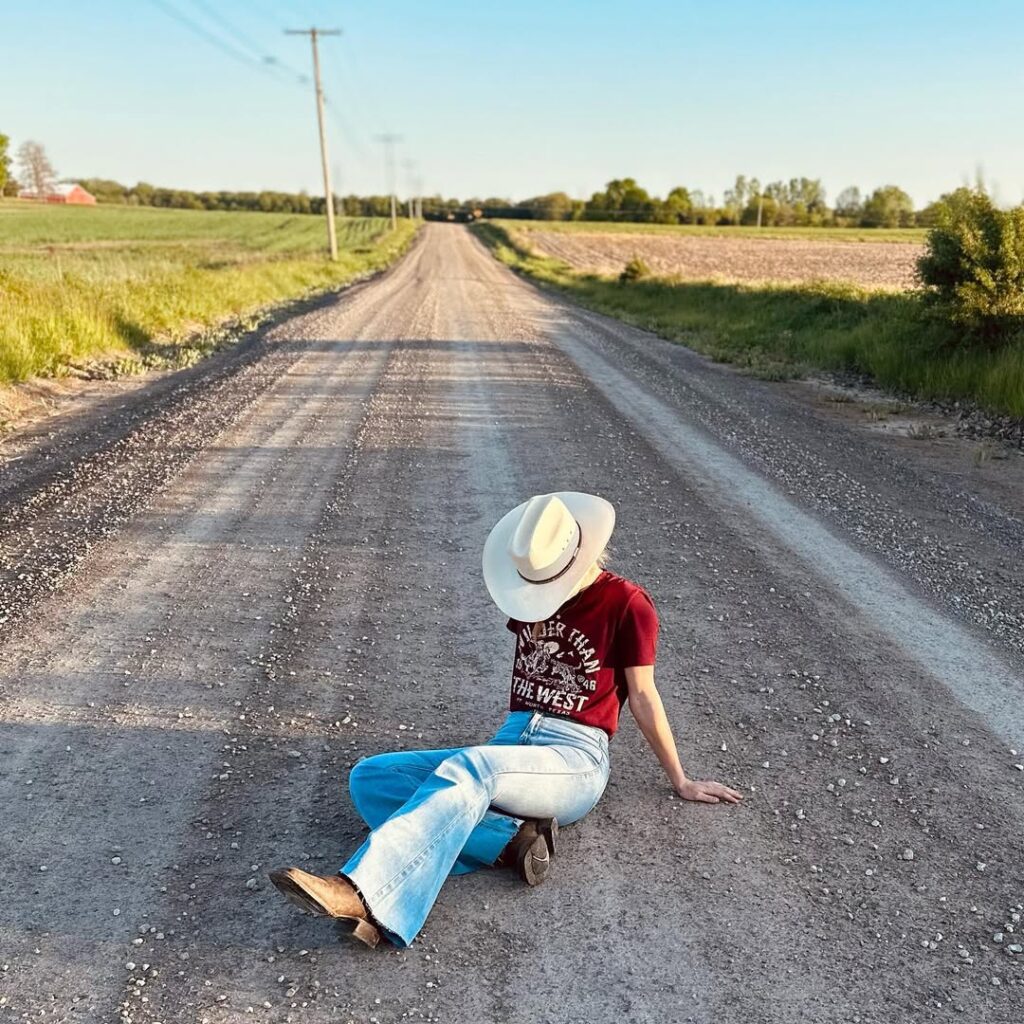
Here, the desert is not lifeless. It pulses. It whispers. You begin to notice the shape of wind against rock, the language of shadows on sand. Roadrunners dart across gravel tracks. Vultures circle patiently overhead. Agaves bloom like silver flames. In this place, the wilderness doesn’t just surround you — it absorbs you. There is no soundtrack, no filter, no curated viewpoint. Just the sharp truth of heat and stone and sky.
One afternoon, I hiked alone into the heart of the range, following a narrow goat path that clung to the edge of a cliff. The silence was so thick it rang in my ears. The only sound was the crunch of my boots on gravel and the slow, steady thud of my heart. When I reached the overlook, the world fell away. A canyon spread out below like an open book, pages of red rock and dry riverbeds unraveling in the sun. Far in the distance, the Rio Grande shimmered, a thin green thread winding through desolation.
In that moment, I understood something about the word “wild.” It is not chaos or danger. It is not lawlessness or violence, the way Westerns often depict it. True wildness is about presence. It is the feeling of being utterly unshielded, of belonging to a world that does not care who you are, what you want, or where you’ve been. It is a kind of terrifying freedom, one that strips away every illusion of control. Out there, you are not a traveler. You are a speck of dust with legs.
I camped that night under a sky that cracked open with stars. No tent, no fire. Just a bedroll and the howl of wind. Coyotes called again, nearer this time. Somewhere in the brush, a javelina rooted for food. I didn’t sleep much, but I didn’t want to. I lay awake, watching Orion march across the heavens, feeling more alive than I had in years.
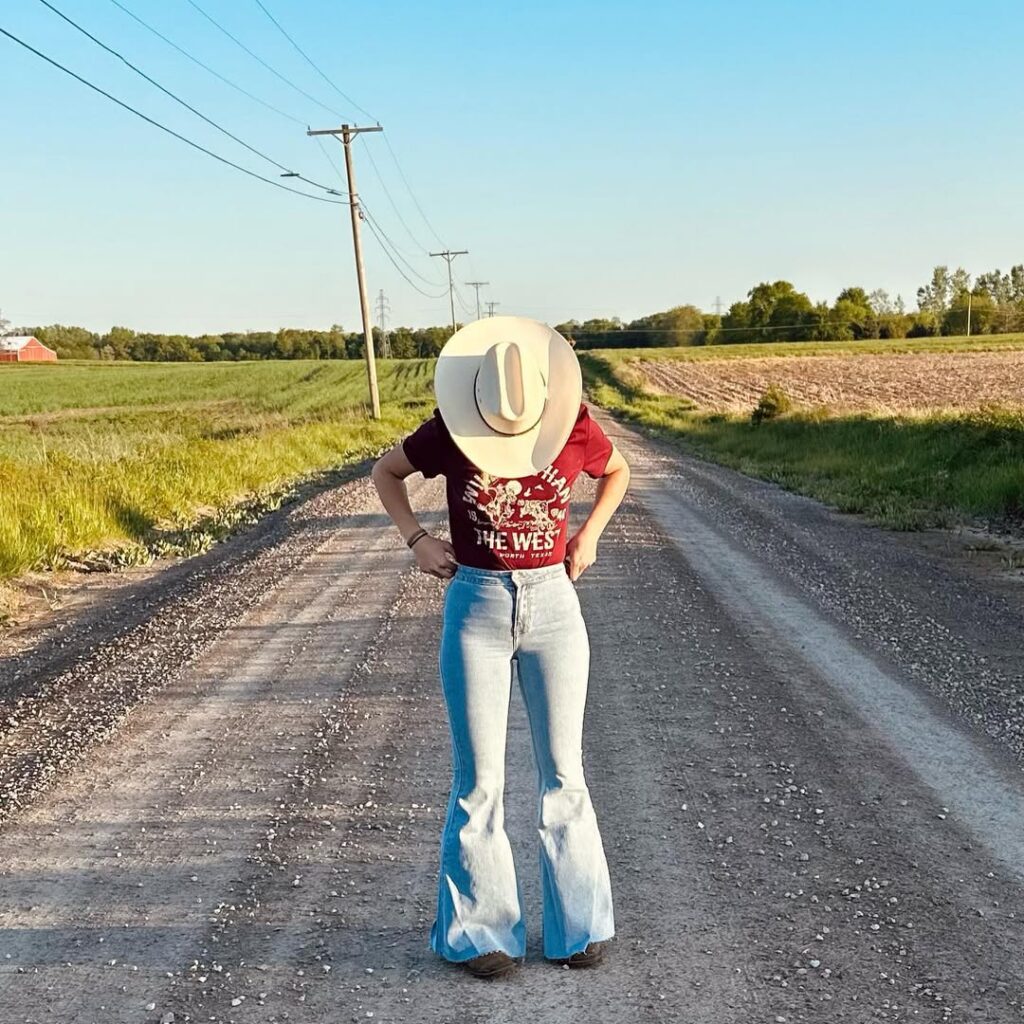
In the morning, the desert offered a new face — soft light on stone, the cool breath of dawn, birds flitting from branch to branch. I followed the same path back, slower this time. I noticed more. A lizard blinking from a crack in the rock. The delicate tracks of a fox in the dust. The scent of creosote, sharp and clean. Wildness, I realized, isn’t always loud. Sometimes it’s a hush, a stillness so profound it shakes your bones.
When people think of the “wild West,” they imagine gunslingers and gold rushes, lawmen and outlaws. They think of Dodge City, Tombstone, Deadwood. But those places have become museums, echoes of a past that has been sold, sanitized, and staged. The real wild — the untamed, unsentimental wild — exists not in the stories we tell but in the spaces we ignore. It is found in the folds of forgotten mountains, in valleys with no names, in silence unbroken by engines or phones or plans.
A landscape wilder than the West is not necessarily more dramatic, though this one certainly is. It is not more dangerous, though it can be. It is simply more real. It does not care about myths or manifest destinies. It does not exist to be conquered, photographed, or even understood. It just is. And being in it, truly in it, changes you.
You begin to question the lines we draw on maps. The borders between nations, the distinctions between nature and humanity. You start to see how small we are, and how large the world remains when we stop trying to measure it in miles or dollars. You remember that long before us, and long after us, the rocks will still be here. The rivers will still carve. The stars will still burn.
I came back changed. Not in the way that sounds poetic, but in a way that’s harder to explain. It wasn’t some grand epiphany or spiritual rebirth. It was more like a shift in gravity. A sense that the world is vaster than we give it credit for — and that wildness is not a place, but a way of seeing.
So yes, the West is wild. But there are landscapes wilder still — where myth gives way to mystery, and where silence speaks louder than history. If you ever find yourself near the edge of the map, I hope you keep going. Cross the river. Climb the ridge. Sleep under stars so bright they steal your breath. There are worlds waiting, just beyond the stories we know.
